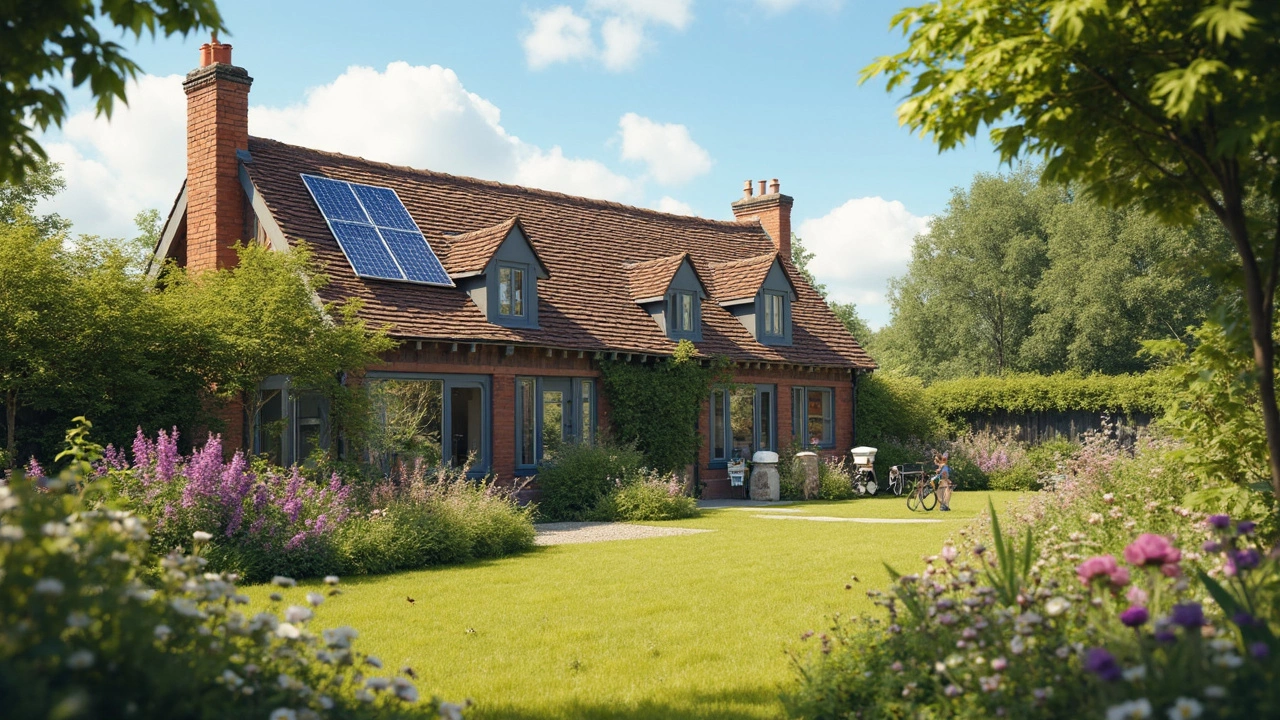
Eco Rental Guide – How to Book Sustainable Stays Without the Guesswork
Looking for a place to stay that feels good for the environment and your budget? Eco rentals are becoming a real alternative to regular hotels and holiday cottages. They use renewable energy, low‑impact materials, and often sit in beautiful natural spots. Below you’ll find clear steps to pick the right one, plus a quick look at what makes a rental truly green.
What Actually Makes a Rental Eco‑Friendly?
Not every “green” label means the same thing. Here are the basics you can check on any listing:
- Energy source: Solar panels, wind power or a proven green electricity plan are a must.
- Water saving: Low‑flow showers, dual‑flush toilets, and rain‑water collection show a property cares about water.
- Materials: Look for timber from sustainable forests, recycled insulation, or natural finishes like lime plaster.
- Waste handling: Compost bins, recycling stations, and minimal single‑use plastics are good signs.
- Location: Properties near public transport, walking trails, or bike routes cut down on car use.
If a rental mentions a few of these points, you’re probably dealing with a genuine eco stay.
Where to Find Reliable Eco Rentals
There are a handful of websites and platforms that specialize in green accommodations. Start with the big names that let you filter by sustainability features. Local tourism boards in the Highlands also list eco‑friendly cottages and lodges, especially around Loch Ness where many owners promote low‑impact tourism.
Another tip: check the property’s own website or social media. Owners who are proud of their eco credentials usually share details about solar panels, insulation upgrades, or community projects they support. A quick email asking about energy usage or waste policies can give you the confidence you need.
Don’t forget to read recent guest reviews. Travelers often mention whether the solar heating actually works or if the recycling system is easy to use. Real‑world feedback beats marketing copy every time.
Finally, consider "glamping" options that blend camping vibes with eco tech. Glamping cottages often have composting toilets, solar lighting, and even tiny wind turbines. If you’re after a bit of adventure without sacrificing comfort, they’re worth a look.
Booking an eco rental doesn’t have to be a headache. Use the checklist above, stick to trusted platforms, and ask the right questions. You’ll enjoy a stay that feels good for you and the planet, and you’ll leave a lighter footprint on the beautiful Scottish landscape.
